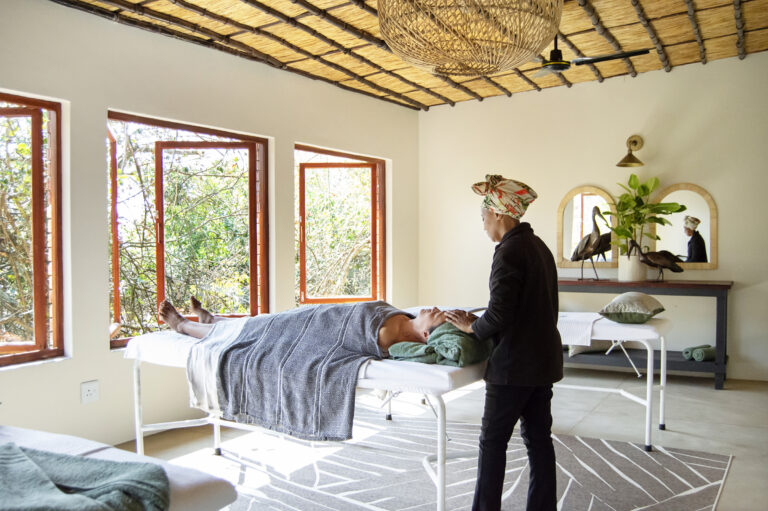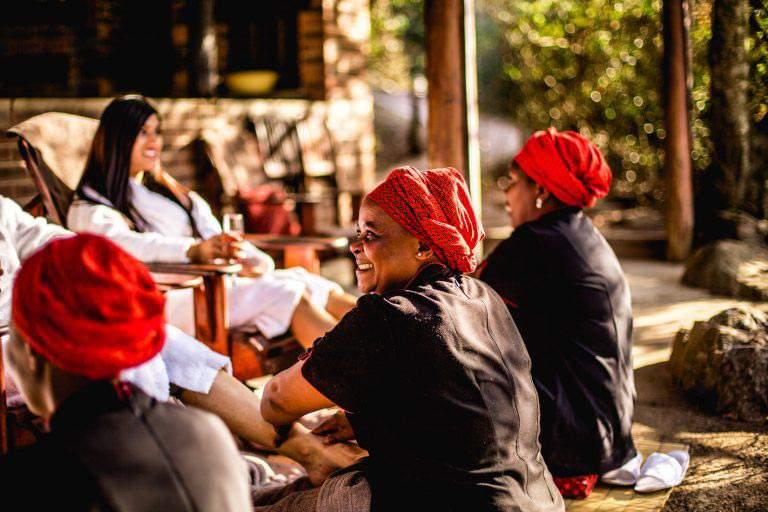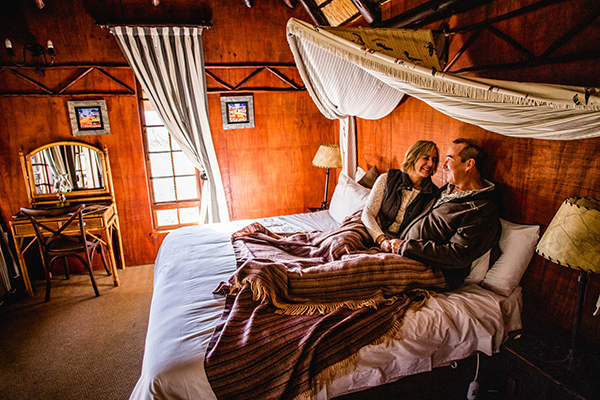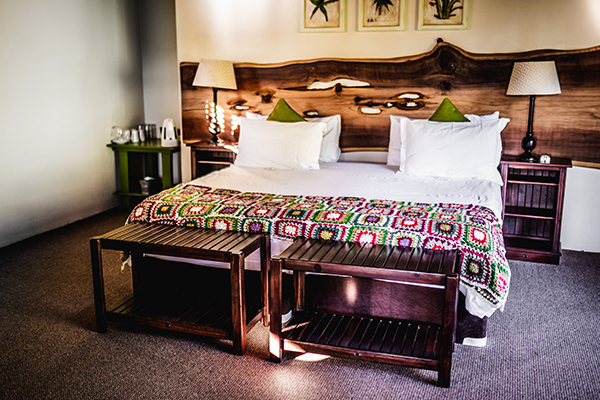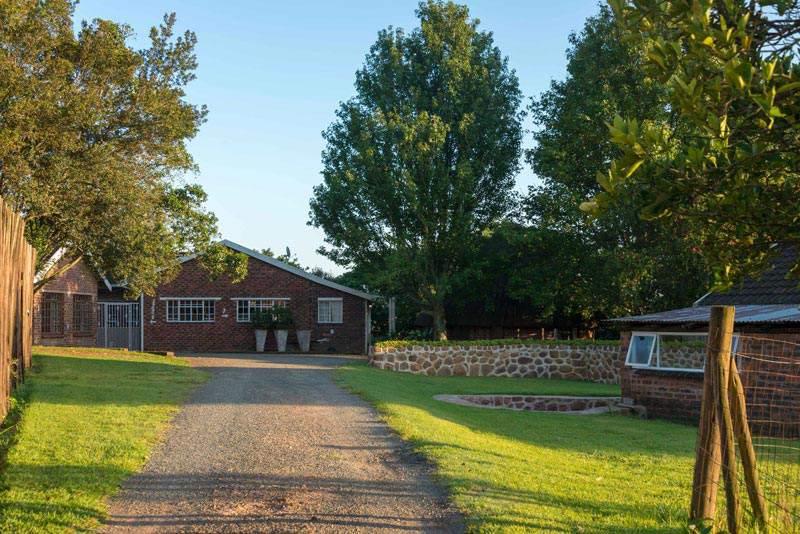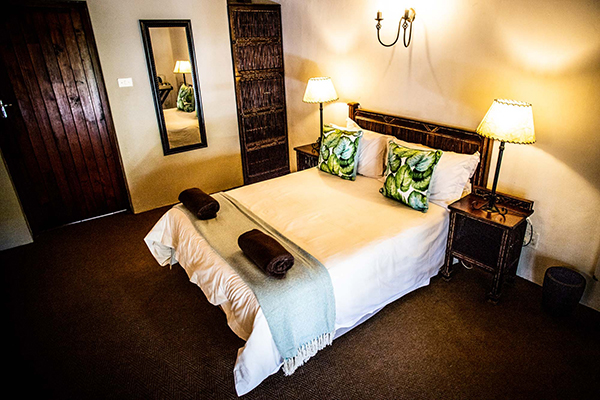Sowing The First Seeds
It was the year that John Logie Baird demonstrated the first mechanical television system (January 26); Alan Cobham established the first commercial air route to South Africa (March 6); Princess Elizabeth, later Queen Elizabeth II, and American actress Marilyn Monroe were born (April 21 and June 1, respectively); a weather map was televised for the first time (August 18); A. A. Milne’s Winnie-the-Pooh was published (October 14); and famous magician Harry Houdini died after his appendix ruptured (October 31).
That same year, 1926, Henry Drummond Harper, known as “Harry” to his family, the maternal grandfather of iNsingizi owner Nigel Dohne, took transfer of a 1 000-hectare maize and wattle farm from Sam Large at Mid-Illovo, naming it “Torquay” after the British seaside resort town in Devon of his father’s birth.
Family matriarch, Patricia Dohne
KNOWN AS “MOZ” TO HER FAMILY, THE ELDEST OF HARRY’S TWO DAUGHTERS, TAKES UP THE STORY:

“As a child growing up on ‘Torquay’ in the late 1920’s and 30’s, life was very different from now. Electricity was unknown to us so we used candles and paraffin lamps.”
“Furthermore, until we had the luxury of a paraffin fridge, we used a homemade ‘meat safe’ constructed from layers of wire netting, which was filled with coal. As water trickled over the coal, it made a good refrigeration substitute.”
Meat was delivered by train three times a week to the railway siding 100 yards away from the house. “As we had our own milk and vegetables, we needed nothing more,” she explains.
They only had cold water on tap—gravitated from a small spring up on the hill—so their bath water was heated in a 44-gallon drum each evening and piped to their bathroom.
They had no indoor sanitation—the toilet was a “long-drop” down a garden path lined with white painted boulders. Nothing subtle about its whereabouts, but theirs was unique in that it had two seats alongside each other—one for adults and the other for children!
On the farming side, the ploughing was done with the help of two oxen and a hand-held plough guided by an African man and an umfaan (young boy) leading. The maize crop was transported by ox-wagon led by a span of 16 oxen—all with names. They were accompanied by a driver who employed an extra-long whip and a great deal of patter for encouragement.
“Although by today’s standards those methods may seem primitive, on the plus side we never had the aggravation of power outages or water cut-offs; nor did we have mechanical breakdowns and, best of all, petrol cost about 50 cents a gallon!” reminisces Patricia, amid laughter.
Change was inevitable
Electricity Eventually Came Their Way and Gradually so did Mechanisation

When Henry passed away in 1937, the farm was transferred to his wife, Dorothy Mary Harper, known to the family as “Gankin”. After remarrying in 1941, the farm remained in her name until a family trust was eventually established in 1995.
Her second husband, Joe Killian, better known as “Garjoe”, was one of five farmers to introduce sugar cane to the Mid-Illovo district in about 1960.
After she was widowed in 1974, her grandson Nigel stepped into the breach and took over the farming operation.

